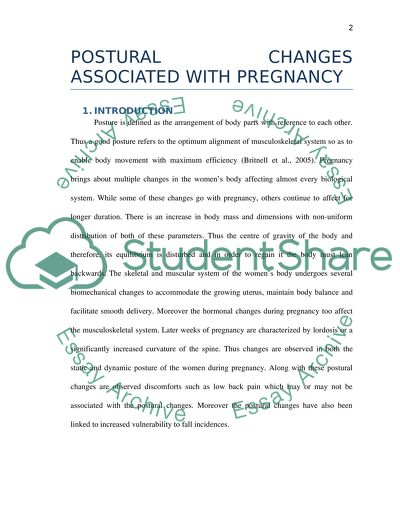Cite this document
(“Postural Changes associated with Pregnancy Dissertation”, n.d.)
Retrieved from https://studentshare.org/gender-sexual-studies/1410073-postural-changes-associated-with-pregnancy
Retrieved from https://studentshare.org/gender-sexual-studies/1410073-postural-changes-associated-with-pregnancy
(Postural Changes Associated With Pregnancy Dissertation)
https://studentshare.org/gender-sexual-studies/1410073-postural-changes-associated-with-pregnancy.
https://studentshare.org/gender-sexual-studies/1410073-postural-changes-associated-with-pregnancy.
“Postural Changes Associated With Pregnancy Dissertation”, n.d. https://studentshare.org/gender-sexual-studies/1410073-postural-changes-associated-with-pregnancy.


